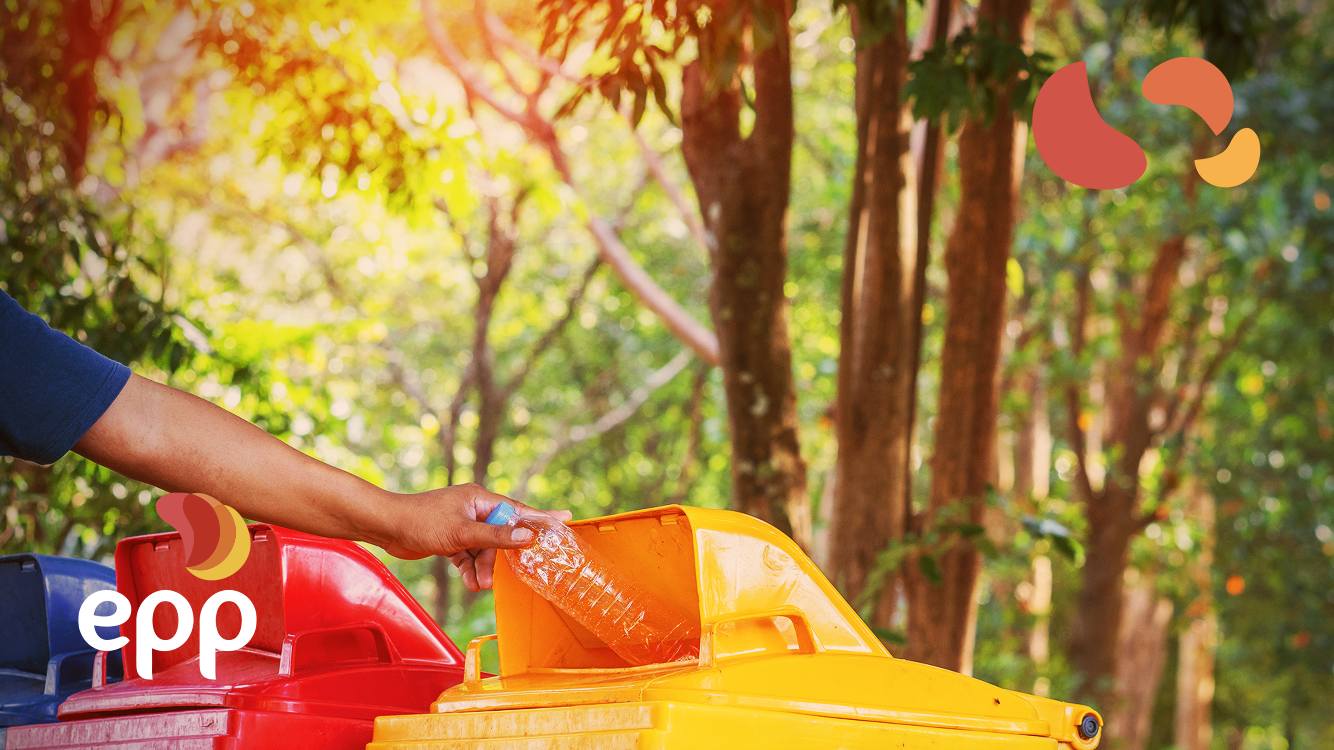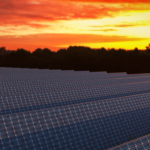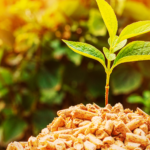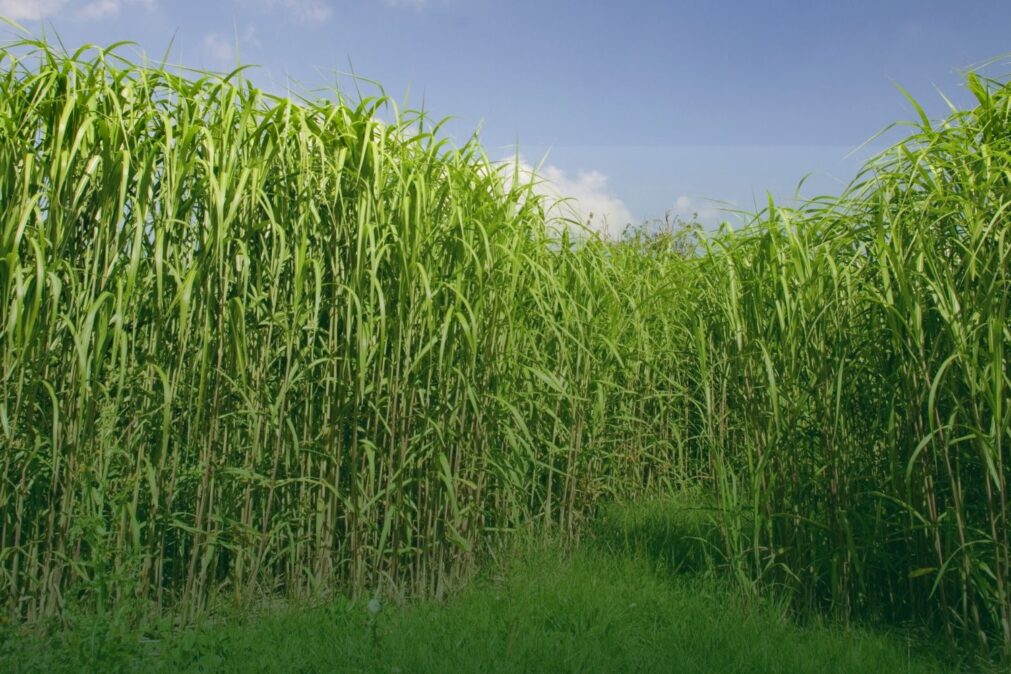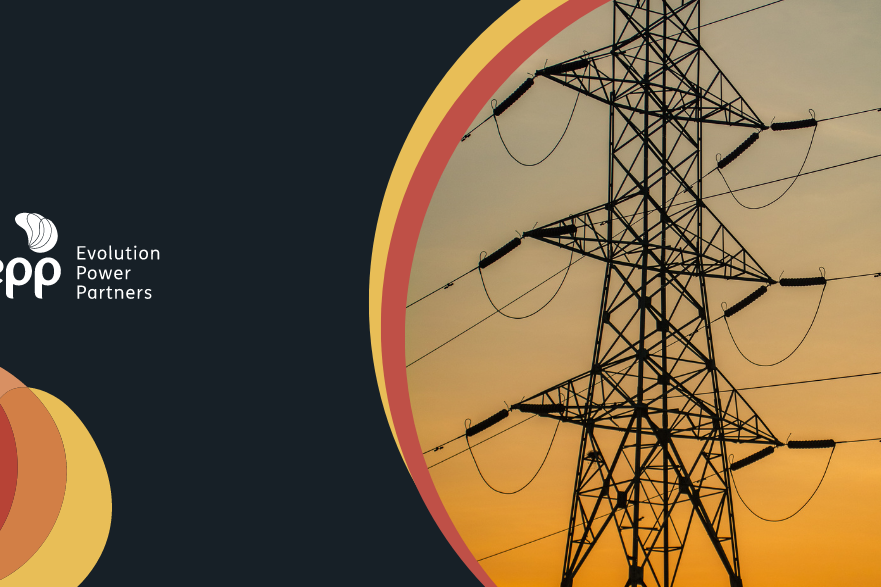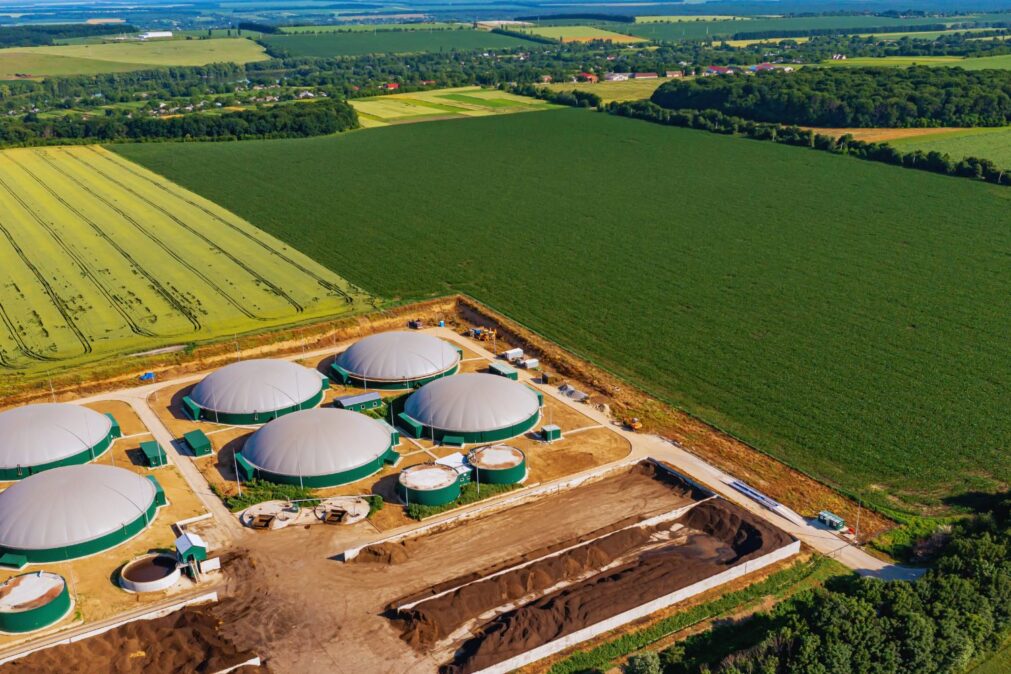MSW projects are starting to develop in the country. Registrations made for the A-5 auction bring good expectations for the sector.
The A-5 new energy auction scheduled to be held on September 30, 2021, led to the registration of almost 94 GW. According to data released by the Energy Research Company (EPE), the largest registered sources were solar, followed by natural gas and wind power. At the event, the Solid Urban Waste (RSU) model was also highlighted, which debuted in the auction in a positive way. There were 315 MW registered in RSU projects, totaling 0.33%.
Despite a small participation, the Brazilian Association for Energy Recovery of Waste (ABREN) was optimistic about the adhesion. The RSU projects were included in a specific auction, so they will not compete with other projects, only between equals. For the sector, it is a good indication, which should open doors for new projects. EPE highlights that the entry of new models is important, as it gives greater diversity to the Brazilian electrical matrix, in addition to providing better destination for solid waste.
The importance of MSW project inclusions
With the growing generation of solid urban waste (USW), municipalities need to think of ways to improve waste disposal. Municipalities pay R$ 100 per ton received from landfill. In addition, it needs to bear costs arising from diseases and problems associated with urban waste.
Thus, the Waste-to-energy (WtE) model appears as an option. In it, it is possible to transform waste into energy, generating electricity or heat from a primary treatment/processing of waste into a fuel source. Therefore, WtE is a form of energy recovery.
In 2020, the Ministry of Mines and Energy included the energy recovery of waste in energy auctions in 2021. For ABREN, this action served as a lever for the realization of market conditions for the implementation of the first Wte plant in the country, bringing more opportunities for the sector and boosting the interest of Brazil for both domestic and international investors.
In Brazil, there are 28 metropolitan regions with a population of over 1 million inhabitants and 35 municipalities with a population of over 600,000 inhabitants. In other words, the average Low Calorific Power (PCI) average is 7,500 kj/kg, in 8,000 hours per year it gives a power of 250 WTE plants. This would be enough to meet almost 7% of the national electricity demand, around 30.65 TWhe/year.
What are the model’s growth prospects?
As it was the first event, the volume of registered projects surprised the sector, explained Yuri Schmtike, executive president of ABREN. Of the total registered, 131 MW are already licensed and, for next year, it is expected that another 12 projects from 30 to 50 MW of installed capacity will enter into state licensing. The auction gave an economic signal for investors to start working on new projects and start licensing.
Although the country does not have any WTE plants in commercial operation, there are several projects under development at various stages. The cost of this type of production is R$600/MWh, but it is possible to consider that the cost of transmission, waste transport, public health is avoided, reaching a real cost of R$113/MWh.
In addition to giving a correct destination to solid waste, the model also reduces greenhouse gas emissions by 8 times when compared to a landfill with gas capture. The Waste-to-energy model is a low intermittence option, with a guarantee of continuous and uninterrupted generation, bringing diversification and security to the Brazilian energy matrix.
Therefore, after the first auction, it will be possible to better assess the impacts of this model, but the market is already optimistic about the inclusion of MSW projects in the auctions. This inclusion will open a path for new investments in the energy sector. Did you like our content? Leave your comment in the post.
